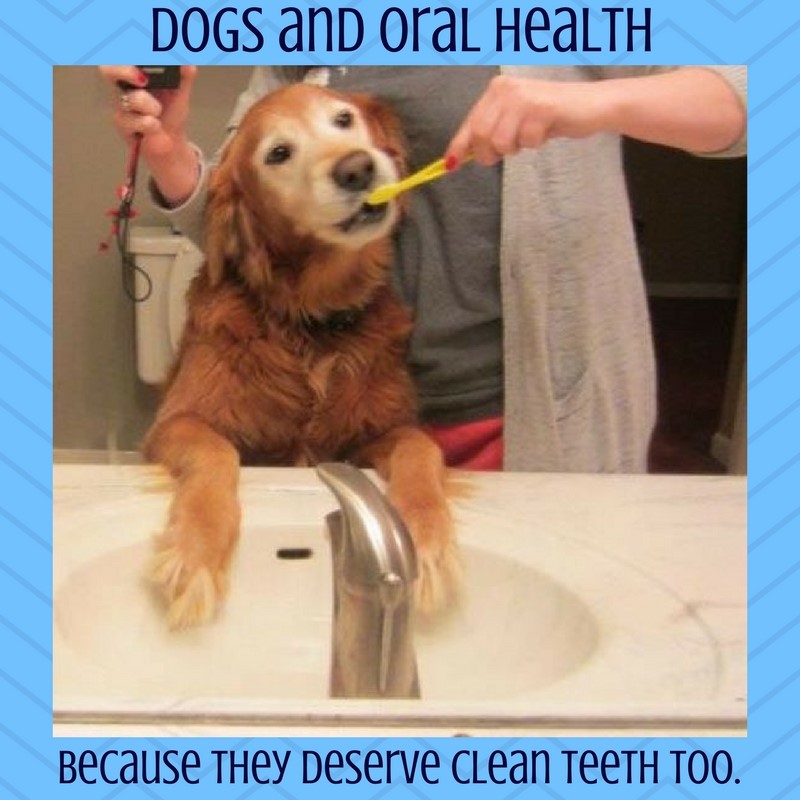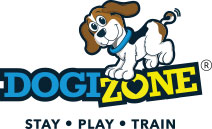Animal Dental Care
As you dog owner I’m sure you’ve asked yourself, do dogs need dental care? Well I’m here to tell you that they do and why.
Animal Dental Care and Caring for Their Oral Health
 In the wild, the early ancestors of the dog didn’t have humans for animal dental care routines, which is a statement you may hear from some dog owners when you mention you are starting a dog’s oral health routine with your pet.
In the wild, the early ancestors of the dog didn’t have humans for animal dental care routines, which is a statement you may hear from some dog owners when you mention you are starting a dog’s oral health routine with your pet.
While this statement may appear to be true, it really isn’t. The ancestors of dogs were not eating the types of foods your dog is; they were eating raw meats, bones and some other scavenged food items. In addition, these wild ancestors had a short lifespan compared to today’s companion dogs that often live to be ten to fifteen plus years of age.
Keeping up with a dog’s oral health needs is not time-consuming, and it can help your dog to be healthier, have fresher breath, and to avoid early tooth loss and dental problems that can be costly to have the vet repair. A few minutes a few days a week is all it will take to keep your dog’s teeth healthy, shiny, and white with the gums firm and free from plaque and bacteria buildup.
Brushing
Try to brush your dog’s teeth at least three to four times a week. If you do it every day, this is even healthier, but anything is better than simply avoiding the task. Use special dog toothbrush or a toothbrush designed for babies. There are also handy finger sleeves that you just slide on your finger and rub over the teeth and gums.
Start by just using your finger to rub the teeth and gums. Do everything gently and limit it to a few seconds, gradually building up time. Avoid pressing hard or holding the muzzle tightly, remember this will be a process to get the dog comfortable with the basics before brushing actually begins.
Then, when the dog is comfortable with handling, start with the dog brush and toothpaste. Only use dog toothpaste, never human toothpaste. Also, take it slow, you may have to do smaller sections the first few weeks, gradually building up to do the complete upper and lower teeth. It is often more difficult to do the inside of the teeth, so start with the outside. Be sure to also brush along the gum line, just make sure to be very gentle.
Oral Care Treats
There are several oral care “treats” on the market that can be effective at scraping the teeth with the dog’s natural chewing action. A better choice is a natural bone such as a knucklebone (joint bone) as it is softer and less likely to shatter and cause splinters in the mouth.
If you are using the commercially prepared oral chew treats, carefully choose the correct size. Make sure to check the label for the term “VOHC approved,” which means they are approved by the Veterinary Oral Health Council. These are not complete oral care, but they can be effective in combination with brushing.
Avoid rawhide as a chew toy unless you are present and remove as soon as it starts to shred or get soft enough for the dog to bite and swallow. It can lodge in the throat posing a significant choking risk.
